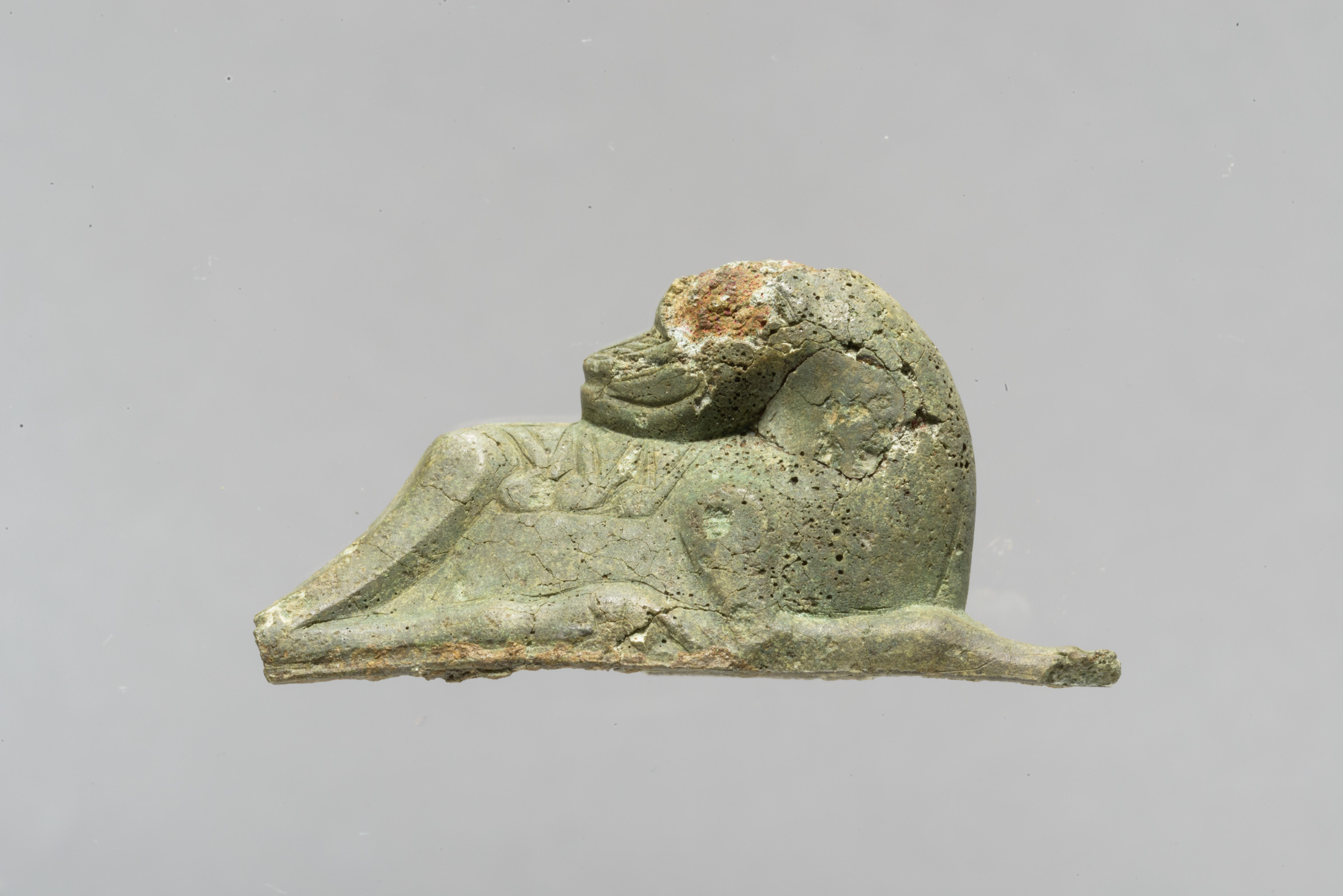On 7 March, 2017, the Centre, jointly with the First Millennia Studies Group, welcomed Prof Ewan Campbell and Dr. Adrián Maldonado (University of Glasgow) to discuss ‘Rethinking the archaeology of early medieval Iona: reassessment and recent work.’ The talk began with a segment of recently uncovered video footage of the 1938 restoration of Iona Abbey offered profound (and often humorous) insights into the reconstruction of the Benedictine abbey. Adrián stated that this clip highlights that, while at times it might seem like we know everything we can know about Iona, there is still more to be discovered.
During the 2012 re-display of the Iona sculpture, Katherine Forsyth and Adrián began writing up what was known about the sculpture for the new information boards. They quickly realised how much we assume about early medieval Iona, especially in terms of dates, and how much of it is based on snippets from the few, largely unpublished excavations. The first modern excavations at the abbey were undertaken by the late Prof Charles Thomas, who actually considered himself a prehistorian before digging on Iona. As a result of his 1956-59 and 1963 excavations, Charles Thomas’s team excavated approximately one hundred trenches across the abbey, although the results of these excavations were never fully published. After Katherine Forsyth had contacted Charles Thomas, in December 2012 Adrián received Charles Thomas’s paper archive from the excavations, which had been curated in his home. This archive included some finds from the excavations, some of the site records but none of the site diaries, which were only located and acquired by the former RCAHMS late in 2015.
Unfortunately the recording of the excavations had not been done to a consistent standard. Piecing this information together was confused further as some records had gone missing; the archive had bounced between Charles’s home in Cornwall and Edinburgh. The site diaries also offered insight into the social history of the site crew; these revealed many big names who excavated as postgraduates or volunteers. Some photographs had been taken by members of staff and were not included in the archive; some kindly offered them when they discovered that this project was happening. Some important photographs from Elizabeth Fowler have revealed what appears to be similar to a cashel wall which never received further attention. Although they were unpublished, Thomas’s work on Iona was incredibly important: his excavations set the trajectory for future excavation in Iona; he conducted an archaeological survey of the entire island; he was one of the first to create a catalogue of Iona’s carved stones, some of which were discovered in his excavations; and his work represents some very early use of geophysics and aerial reconnaissance.
Ewan and Adrián have since mapped the trenches from Charles Thomas’s numerous excavations and the ones that followed by other researchers. Charcoal samples form the Torr an Aba excavations are currently being processed for radiocarbon dates. Ewan discussed several artefacts from the previous excavations and their significance, including the first early medieval monastic window glass from any site in Gaeldom, an almost unique cast copper-alloy lion mount which might have been a part of a shrine (8th/9th century, pictured above), and a bronze human face which has a strong resemblance to those found on St Manchan’s Shrine found in Boher, Co. Offaly, which suggests that shrines were still in use around the time of the founding of the Benedictine abbey (11th-12th century).
While there have been many excavations at Iona, Ewan demonstrated that still over half of the site has been undisturbed. In future excavations they hope to explore the layout of the abbey, especially the vallum, as it is clear that there is a complicated series of ditches associated with the site. It is unclear if these are indicative of multiple phases of ditch building, or if something else was going on. They hope to obtain radiocarbon dates from these features to determine if these ditches were in use contemporaneously or not.
Ewan also demonstrated that while some are of the opinion that Iona was destroyed completely by the Norse, there is plenty of archaeological evidence to confirm that Iona was still acting as an important ecclesiastical site through the Norse period. A recumbent sculptured stone slab marked the burial of Flann, one of the bishops of Iona who died in 891 AD, and St Matthew’s cross is 9th-10th century in date. How could these have been made if Iona were deserted during this time? Some Norse period finds recently recovered from Iona, including Hiberno-Norse pins and steatite bowl fragments, suggest that there was considerable settlement activity around the abbey during this time.
Ewan closed by listing the many ongoing and future projects on Iona. The Iona Research Strategy will be published in the next few months. As mentioned above, several samples have been submitted for radiocarbon dating. The Martyr’s Bay skeletons will hopefully provide DNA and isotope information. There has been geophysics recently done on the site which will aid in future excavations and interpretations. There will hopefully be a symposium on recent monastery excavations in Ireland, England and Scotland. They hope to reopen some of Charles Thomas’s trenches in the future to obtain better dating evidence. Simon Taylor has proposed an Iona place-names project. The recent three-dimensional models of some of the Iona sculptured stone collection created by the Discovery Programme can be found here.
Summary by Megan Kasten (PhD Researcher)
Our seminar series continues next week on 14 March 2017 with Dòmhnall Uilleam Stiùbhart (University of the Highlands and Islands), ‘A bheil àite ann dha tùsan Gàidhlig ann an eachdraidh na Gàidhealtachd? (Is there a place for Gaelic sources in the history of the Gàidhealtachd?)’ This lecture will be held at 5.30pm in Room 202 of 3 University Gardens. All welcome!



[…] Er zouden nog wel meer mooie archeologische vondsten gedaan kunnen worden in en rond de huidige Abbey. Zeker de helft van de grond is nog onverstoord en bergt mogelijk nog meer verrassende heimen. Lees hier meer daarover. […]